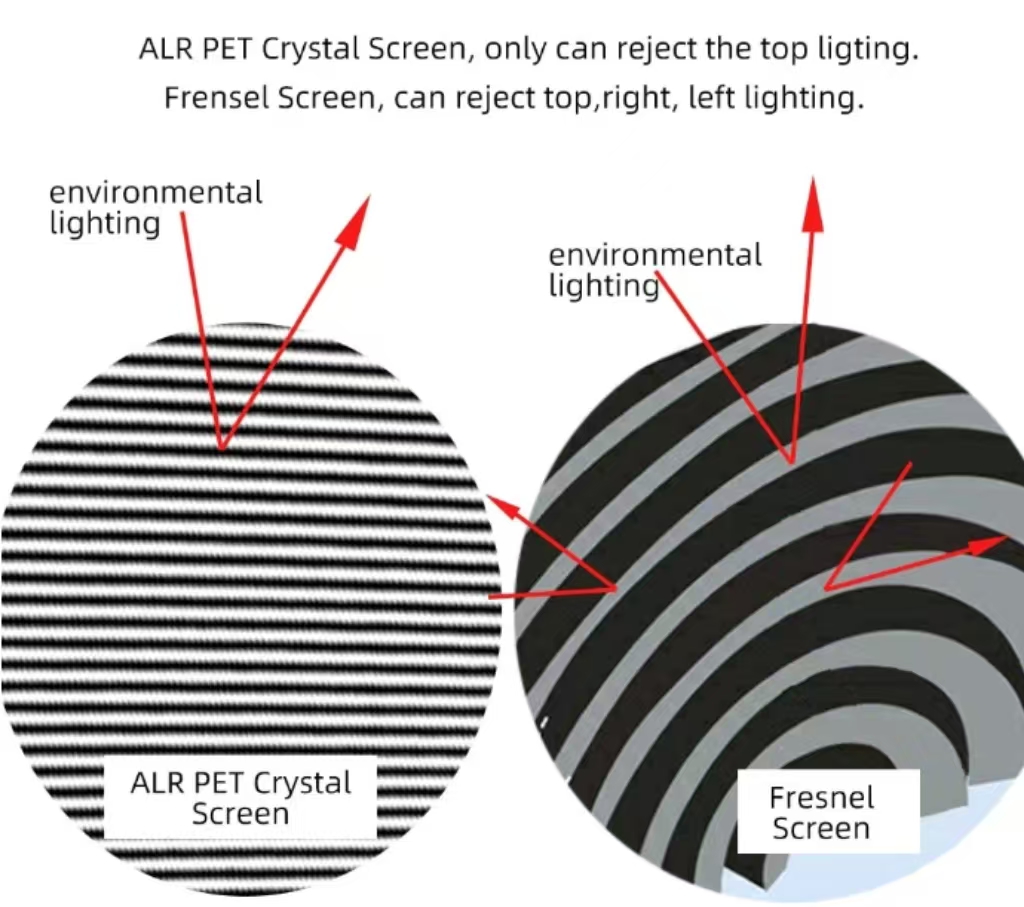Recently, the research team (group 1809) led by Zou Hanfa, a researcher at the Dalian Institute of Chemical Physics, Chinese Academy of Sciences, has collaborated with Professor Xue Yu of Huazhong University of Science and Technology and Academician Wang Hongyang of the Second Military Medical University to make new progress in the study of large-scale separation and identification of human liver protein phosphorylation Related research results were published in well-known journals in the field of proteomics (Mol. Cell. Proteomics, 2012, 11, 1070-1083).
This research work relies on the technology of phosphorylation proteomics analysis platform of Dalian Institute of Chemical Technology, and uses titanium ion-immobilized affinity chromatography material (Ti-IMAC) to make a high selection of phosphorylated peptides in protein digest products of human liver tissue. Enrichment, further applying reversed-phase reversed-phase multi-phase liquid chromatography with mass spectrometry and mass spectrometry to classify and scale phosphorylated peptides, and identified 9719 protein phosphates in human liver This is the largest data set of human liver protein phosphorylation in the world.
Based on this, a bioinformatics software iGPS was used to construct a signal-network of phosphorylated protein in human liver tissue with 12819 potential site-specific kinase-substrate interactions. This research achievement has important guiding significance and potential application value for the systematic and in-depth understanding of the interaction between kinase and substrate and the physiological function of protein phosphorylation in human liver.
Protein phosphorylation is one of the most important protein post-translational modifications in organisms. It plays a key role in regulating cell signaling, cell growth, division, differentiation and metabolism. Traditional biological methods can only identify and verify the phosphorylation of one or several target proteins, and cannot systematically understand the formation mechanism of phosphorylated protein signaling networks in organisms. Proteomics analysis platform technology can well achieve large-scale separation and identification of protein phosphorylation in biological systems.
The Research Group of New Materials and New Technologies for Bioseparation and Analysis of the Institute of Chemical Chemistry, Chinese Academy of Sciences (Group 1809) has been devoted to the research of new technologies and methods for phosphorylated proteomics analysis, and has achieved a series of innovative results. Related research results have applied for US invention patents Two, published a series of academic papers in Mol. Cell. Proteomics, Anal. Chem. And J. Proteome Res., The mainstream journals of proteomics research. In 2011, he was invited to publish the protein in Anal. Prospective review paper on phosphorylation analysis.

New progress in large-scale analysis of protein phosphorylation
High Quality and Application Scenarios
Application Areas:
Business Offices
School Classrooms
Meeting Rooms
Advantages of ALR Technology
Fresnel Screen: 90–100 degree viewing angle
Lenticular Screen (ALR PET Crystal Screen): 160–170 degree viewing angle

Picture Contrast
Rich Color
Picture Clarity
Competitive Pricing and Bulk Ordering
Customized Services
After-Sales Service
Warranty
After-Sales Response
Technical Support
alr clr projector screen,Ambient Light Rejecting Screens, Projector ALR Screen, Light Rejecting Projector Screen, Ambient Light Rejection Screens
Dongguan Aoxing Audio Visual Equipment CO.,Ltd , https://www.aoxing-whiteboard.com